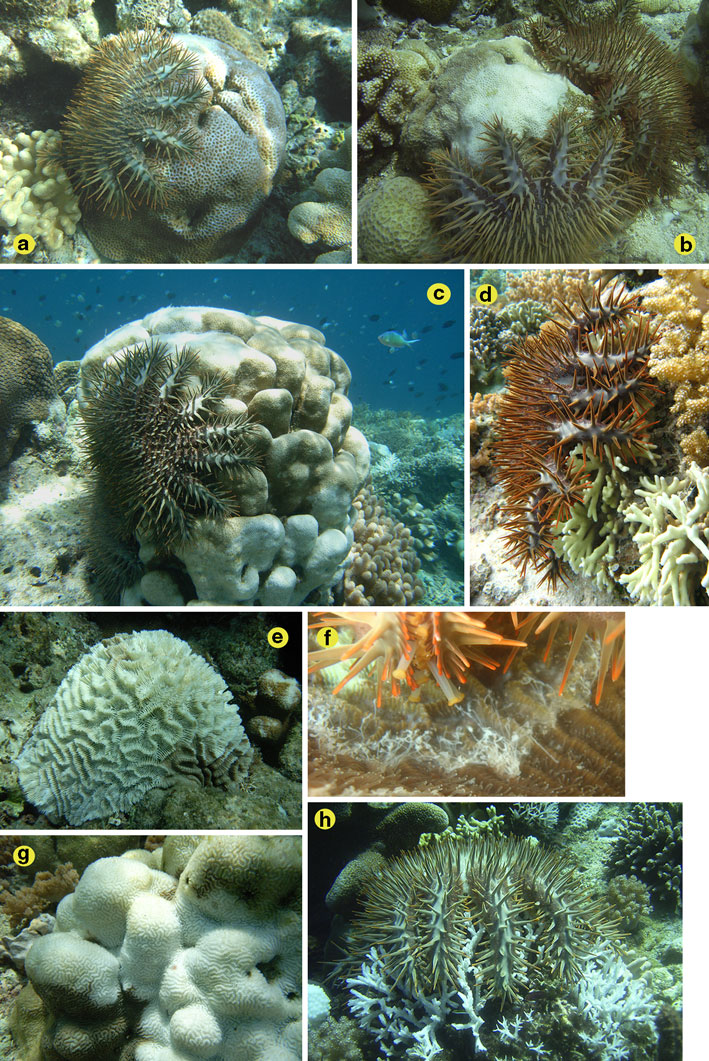Chemistry and applications of nanocrystalline cellulose and its derivatives: a nanotechnology perspective
Chemistry and Applications of Nanocrystalline Cellulose and its Derivatives: a B. L. Peng,1,2 N. Dhar,1 H. L. Liu2 and K. C. Tam1* 1. Department of Chemical Engineering, Waterloo Institute for Nanotechnology, University of Waterloo, 200 University Avenue West, Waterloo, ON, Canada N2L 3G1 2. State Key Laboratory of Chemical Engineering and Department of Chemistry, East China University of Science and
